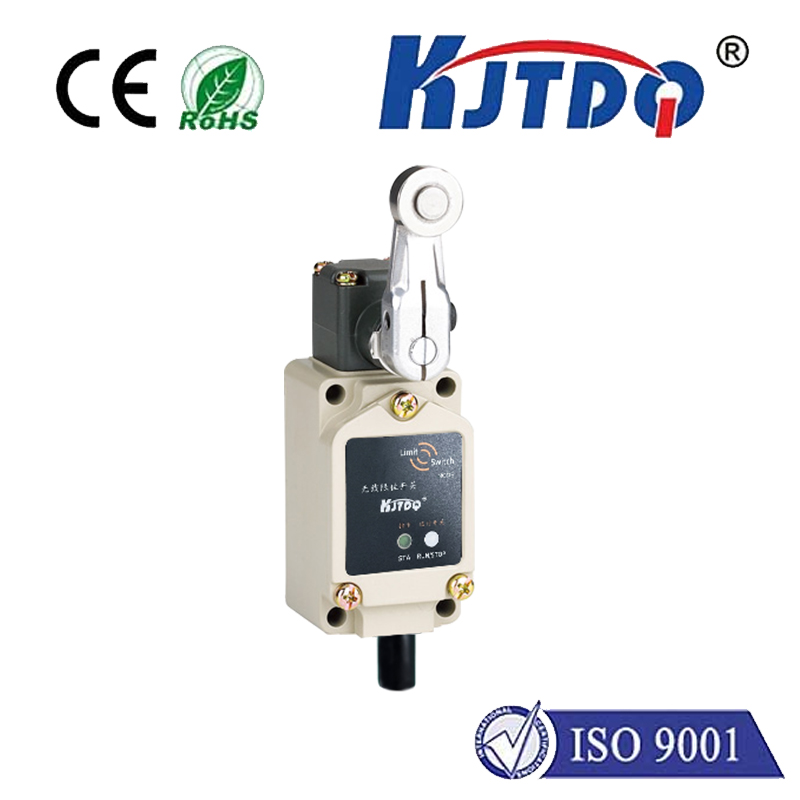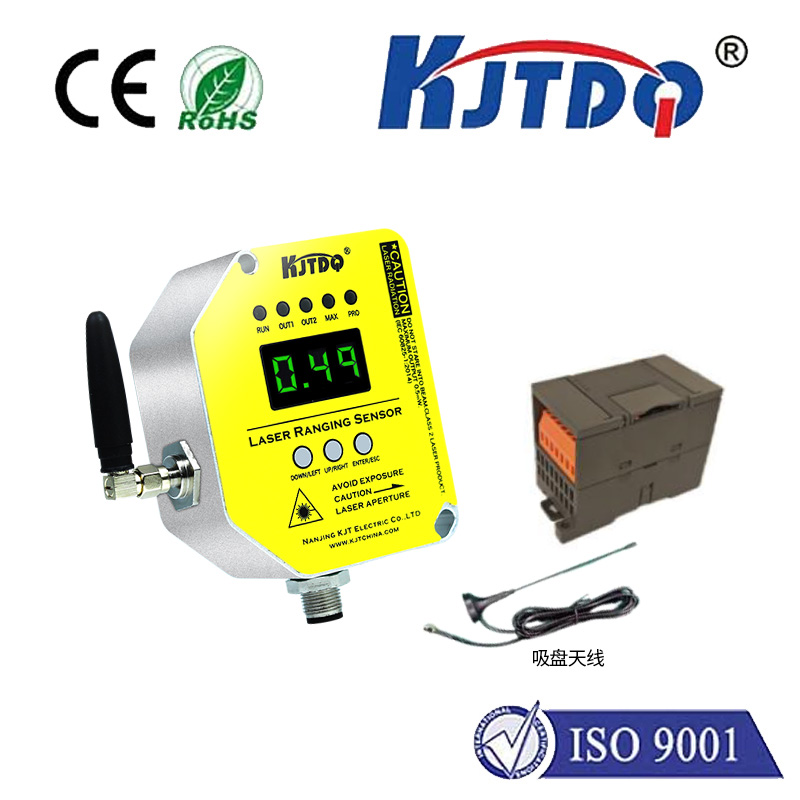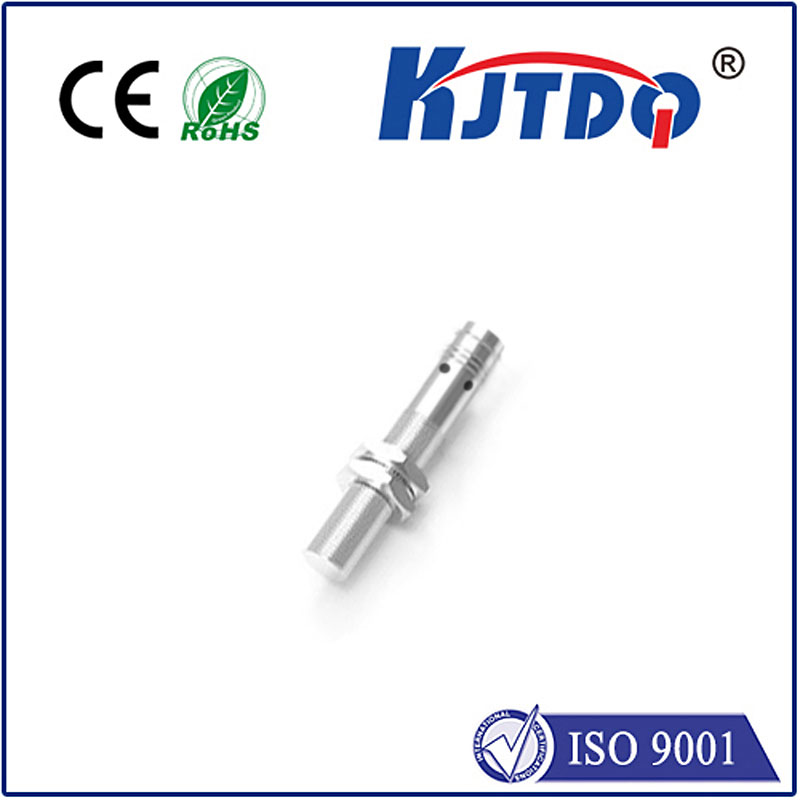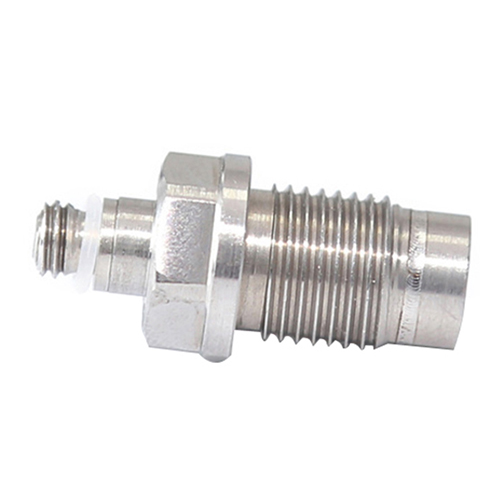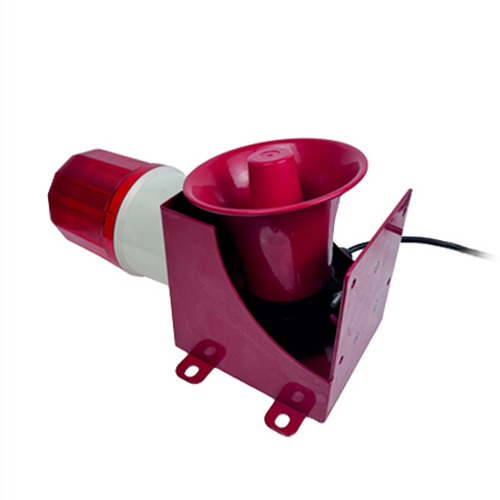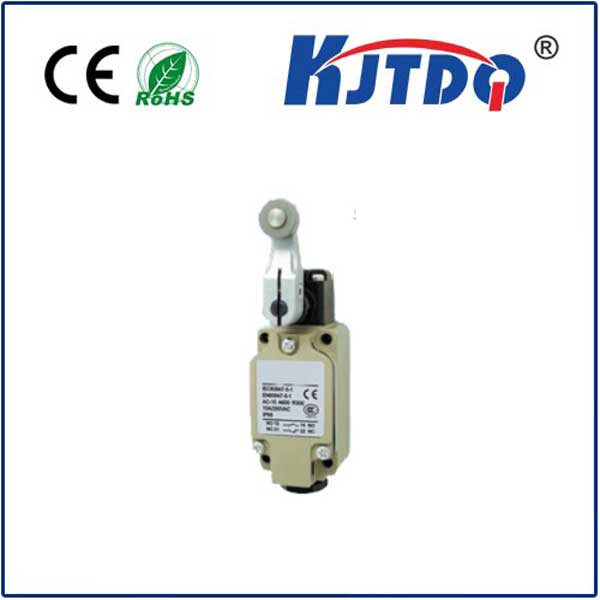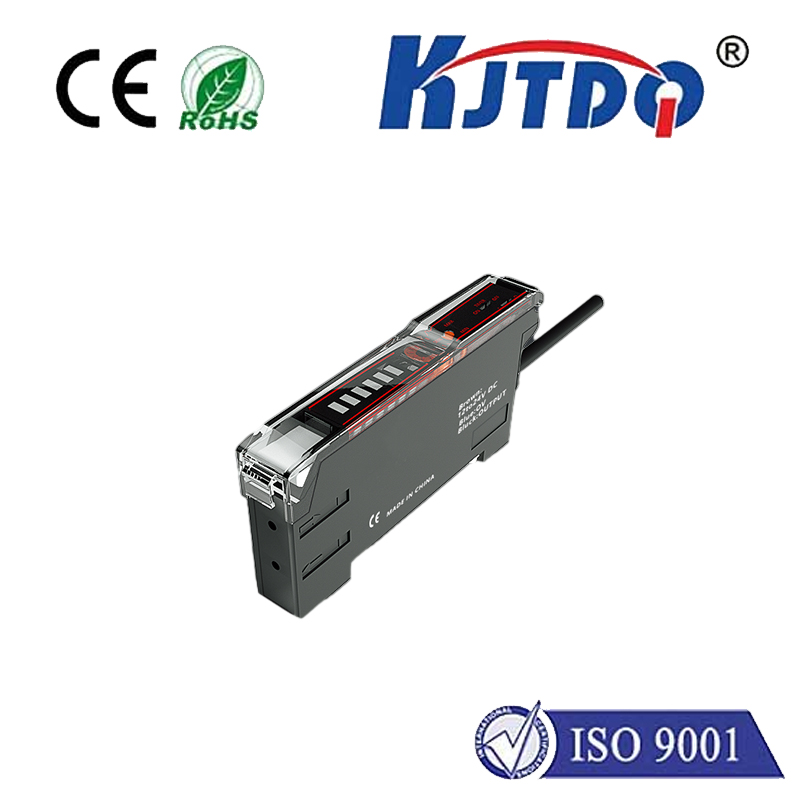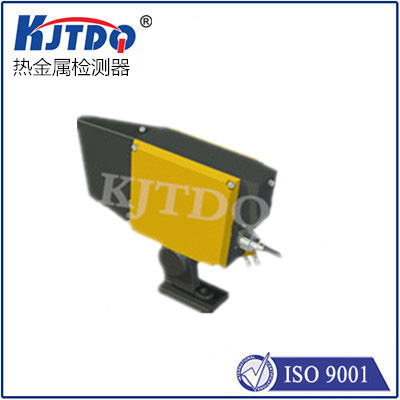

check

check

check

check

check

check

check

check

check

check
Imagine the precise automation in a car manufacturing plant. Robotic arms weld components with millimeter accuracy, conveyor belts transport parts flawlessly, and assembly proceeds without a hitch. A critical, often unseen guardian ensuring this smooth operation is the inductive metal sensor. These unsung heroes detect the presence or absence of metallic objects without physical contact, forming the backbone of countless industrial and security applications. But how do these remarkable devices actually work? This article delves into the core science, components, and diverse uses of inductive proximity sensors.
Unlocking Non-Contact Detection: The Core Principle
Unlike mechanical switches, inductive metal sensors operate on a principle of electromagnetic induction. At their heart lies a copper coil wound around a ferrite core, forming an oscillator circuit. When energized with alternating current (AC), this coil generates a high-frequency, alternating electromagnetic field that radiates from the sensor’s active face.
When a metallic object enters this sensing field, something fundamental happens: eddy currents are induced on the surface of the metal. These eddy currents are small, swirling electrical currents generated within the conductive material itself. Crucially, the creation of these eddy currents consumes energy from the sensor’s oscillating electromagnetic field.
This energy loss has a direct, measurable consequence: it causes a dampening effect on the sensor’s oscillation amplitude. Sophisticated electronics within the sensor constantly monitor this oscillation. When the damping reaches a pre-defined threshold – indicating a metal target is sufficiently close – the sensor triggers a state change in its output signal. This output can switch a load (like a relay, PLC input, or indicator light) ON or OFF, signaling the detected metal presence. This entire process happens in microseconds, enabling rapid, non-contact detection.

Key Components and Operational Characteristics
Understanding the internal components clarifies the magic:
Critical performance characteristics define an inductive proximity sensor’s suitability:
Where Inductive Metal Sensors Shine: Diverse Applications
Their robustness, reliability, and non-contact nature make inductive proximity sensors indispensable across numerous sectors:
Choosing the Right Sensor and Technical Considerations
Selecting the optimal inductive metal sensor requires careful thought:
Advanced Features and Types
Beyond standard sensors, specialized inductive proximity switches exist:
The Unseen Foundation of Modern Systems
From the rhythmic pulse of an assembly line to the secure perimeter of a facility, inductive metal sensors perform reliably, silently, and efficiently. By harnessing the fundamental physics of electromagnetic induction and eddy currents, these sensors provide the crucial non-contact detection capability that modern automation and safety systems rely upon. Understanding their operating principles, key specifications, and diverse applications empowers engineers and technicians to select and deploy these vital components effectively, ensuring precision and reliability in countless processes. Their ability to detect metallic objects without wear or physical contact secures their place as a cornerstone technology in an increasingly automated world.
